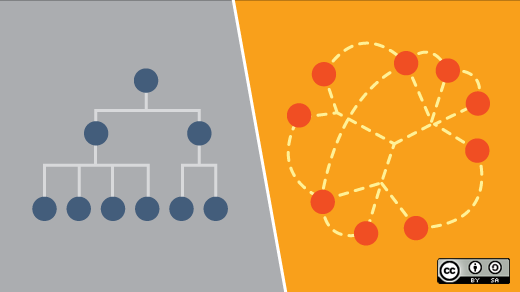In the years ahead, any leader who hopes to have followers will need to carefully examine the foundations of their own authority. Why? Because we live in a world where the effectiveness of positional power is rapidly diminishing—at least outside of prisons and elementary schools.
Thanks to Enron, WorldCom, Adelphia, FEMA, Lehman Brothers, AIG, Fannie Mae, et al, the generation now joining the workforce has
This article was originally posted on the Management Innovation eXchange (MIX), an open innovation project aimed at reinventing management. Got a management hack? Visit hackmanagement.com.
an extraordinarily jaundiced view of authority. They are deeply (and often rightly) suspicious of large organizations and those who run them. In their view, it's not titles and credentials that make a leader worth following, but mission, self-sacrifice and world-class competence. Another worrying trend for centralization-minded leaders—an accelerating pace of change that penalizes organizations with lumbering top-down decision-making structures.
While the Facebook Generation must still contend with trickle-down power structures at work and in school, they have experienced a ubiquitous and powerful alternative: The Internet. The Internet is flat, open and meretricious. Nevertheless, there are thousands of natural hierarchies online. Pick any subject, search the blogosphere, and you'll uncover a hierarchy of influence—some blogs receive higher authority scores than others. Visit any online discussion group and you'll find that a few frequent contributors have been ranked more highly than the rest. Or click the "most viewed" tab on a website that features user-generated content, and you'll quickly discover who's been blessed with creative genius and who hasn't. While the barometer of respect may differ from site to site, the rankings are nearly always peer-based. Online, you have millions of critics but you don't have a boss.
Online hierarchies are inherently dynamic. The moment someone stops adding value to the community, his influence starts to wane. Power is always on the move, always flowing—towards those who are making a difference and away from those who aren't.
By contrast, a fixed chain of command may be efficient, but it can have some nasty side-effects. [See my post on The Hidden Cost of Overbearing Bosses.] Top-down authority structures turn employees into bootlickers, breed pointless struggles for political advantage, and discourage dissent. Their inherent inflexibility can also lead to persistent misalignments between positional power and genuine leadership ability—lags that can ultimately destroy a great organization. Review the troubled history of any chronically struggling company—like Chrysler, Sony or Motorola—and you'll find a management model that concentrated too much power in the hands of deadwood executives, and awarded too little power to the natural leaders who might have had the energy and vision to set the company on a new course.
But there's no reason your organization has to follow suit. Natural leaders today have the means to challenge ossified and change-resistant power structures. Thanks to the reach of the web, a lowly but brilliantly effective leader can mobilize followers across a global organization and beyond—by writing an influential blog, by using that notoriety to get a platform at industry events, by hosting a web-based discussion on a hot topic, by building an online coalition of similarly-minded individuals, by disseminating a provocative position paper to hundreds or thousands of fellow employees, and by using email to ensure that supporters show up at key meetings. The same technology that allowed Barack Obama to challenge the old guard in the Democratic party can help natural leaders in your organization outflank the bunglers and the obstructionists.
So, readers, here's my question: What's your advice to natural leaders who feel stymied by the formal hierarchy? How can they use the new social technologies of the Web to extend their influence and accelerate the pace of change?
Written by: Gary Hamel
Originally posted on: Management Innovation Exchange [MIX]







Comments are closed.